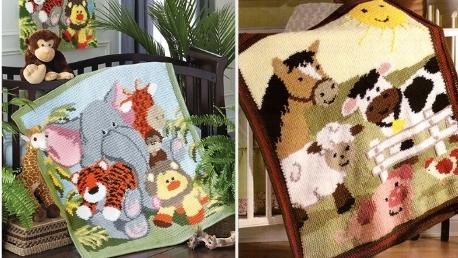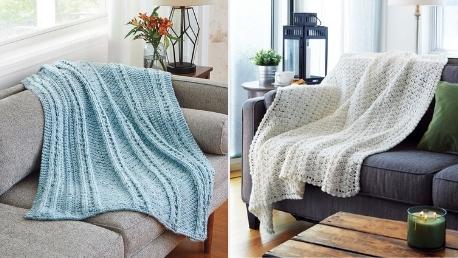10 Free Balaclava Knitting Patterns

Although balaclavas have gained quite a bit of popularity in the fashion world in recent years, they are more than just a fashion statement. These are also practical accessories that protect you from the wind and cold, whether you’re going skiing or just on a quick stroll. Whether you’d like to knit a balaclava because they look interesting, or you need one for the upcoming winter, you’ll need a good pattern for it. To make the search easier, we’ve put together ten free balaclava knitting patterns you can try out. But first, let’s find out more about balaclavas.
Why Is It Called Balaclava?
Balaclava got its name after the town of Balaclava in Crimea. More specifically, it was named after the Battle of Balaclava in 1854, when British soldiers wore them to protect their heads and faces from the severe cold weather. These were handmade garments that civilians provided, as the troops’ winter supplies didn’t arrive on time. However, the British military didn’t invent this piece. Similar headpieces were worn by many other groups, such as Templars and Uhlans.
Today, you might come across balaclavas under an array of different names, such as ski masks, hoods, balaclava helmets, knit helmets, and so on.
How to Knit a Balaclava?
Since balaclavas maintain prolonged contact with the face, it is important to choose a type of yarn that isn’t too rough and won’t irritate the skin. Additionally, balaclavas that are meant to be worn under helmets should be made out of thinner materials, so that the helmet can fit. However, since the purpose is to protect from the cold weather, the yarn should also be thick enough to provide warmth. Balaclavas made out of thicker materials, such as bulky or super bulky yarn, are meant to be worn without a helmet.
If you’re not sure which yarn to use, we recommend trying Lion Brand Wool Ease Yarn. If you find wool too hard on the skin, you can also try natural alpaca yarn, such as Mary Maxim Natural Alpaca Tweed. However, the exact type of yarn to use will depend on the kind of headpiece you are making, as well as personal preference.
You will also need to choose which type of balaclava you want to knit. Some of them have only openings for the eyes, while others also reveal the mouth or even the entire face. Some can be pulled back like a hood, others can be pulled down to expose the chin and jaw.
Of course, you should also make sure you have all the necessary supplies — needles of the right type and size (depending on the yarn weight), scissors, stitch markers, and optionally, blocking equipment (blocking mat and some rust-proof pins). Of course, you will also need a pattern of your choice. If you still haven’t found one, check out the free knitted balaclava patterns we provided below.
10 Balaclava Patterns to Knit
Following are our top 10 favourite balaclava patterns for knitting. Keep in mind that these aren’t Mary Maxim patterns, but rather designs provided by others who were generous enough to share their work for free.














